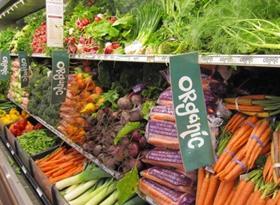
Not enough land is being converted to organic farming to meet the increase in demand for organic products, according to market analysis from Informa’s Agribusiness Intelligence.
While organic farmland has grown globally by 8.4 per cent a year since 2001, consumption of organic food has risen by 10.2 per cent annually, the company reported.
The current organic food market stands at around US$320bn. In 2016, a total of 57.8m ha had been approved for organic production worldwide, accounting for 1.2 per cent of farmland globally, including 13.4m ha in just the last two years.
Approximately 2.7m farmers identified as ‘organic farmers’ in 2016, an increase of 13 per cent year-on-year. Meanwhile, there are now 15 countries where more than 10 per cent of the total farmland area is registered organic.
In addition to the challenge of converting land to organics to meet present demand, standards for supplying the EU market, the second largest for organics after the US at €30.7bn, are set to get more stringent.
From 2021, the EU is set to demand that its own domestic rules apply to imported organic goods, putting an end to equivalency agreements that mean some 60 different standards are acceptable on the market.
According to the EU, this will finally create a level playing field between EU producers and foreign imports. Meanwhile, new legislation, to come into force in January 2021, will determine what can be considered organic by EU farmers, limiting exceptions to standard organic production rules.






No comments yet